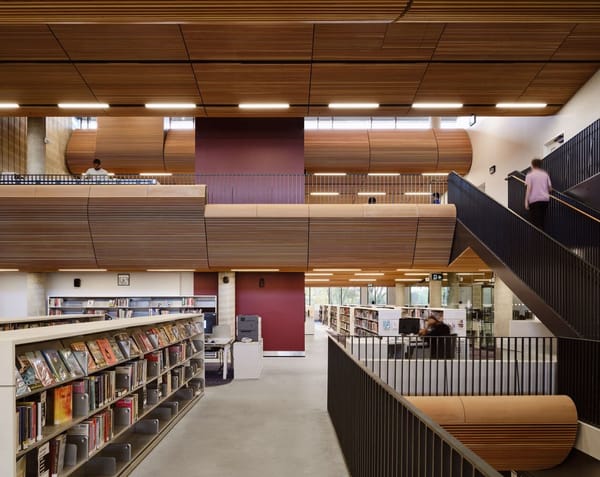Gone Fishin’
The end-of-summer catch: exhibitions, apps, experiments, theories
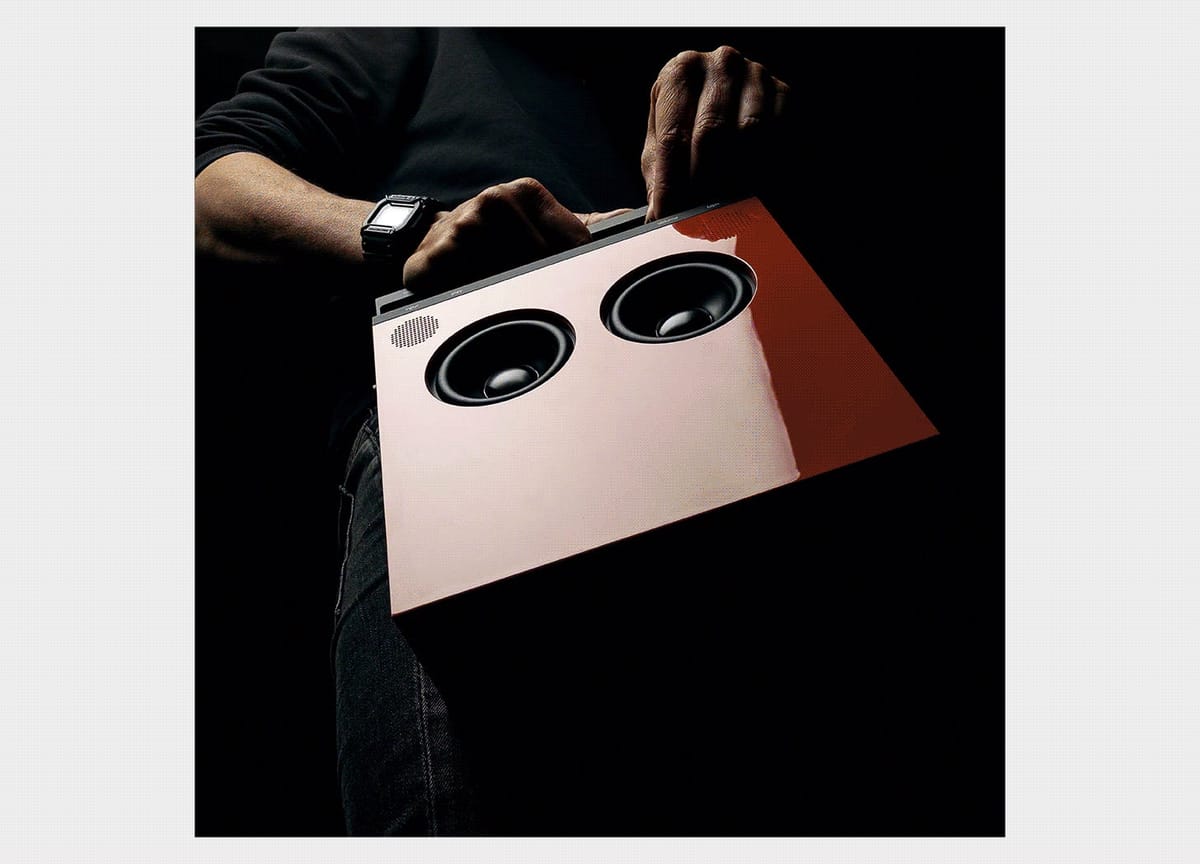
Hi everyone,
It’s the last week of August. Many friends in Europe are nearing the end of their summer holidays; those of us in North America are about to enjoy a long holiday weekend. No essay or interview this week, but I couldn’t help but bring you some stories from across the internet. Read on for web and social-media experiments, design theory, exciting new beta software, art exhibitions, and more.
As usual, I can be reached by hitting the reply button. See you next week!
Love all ways,
Brian
🚢 Allan Sekula’s Fish Story at the Walker Art Center
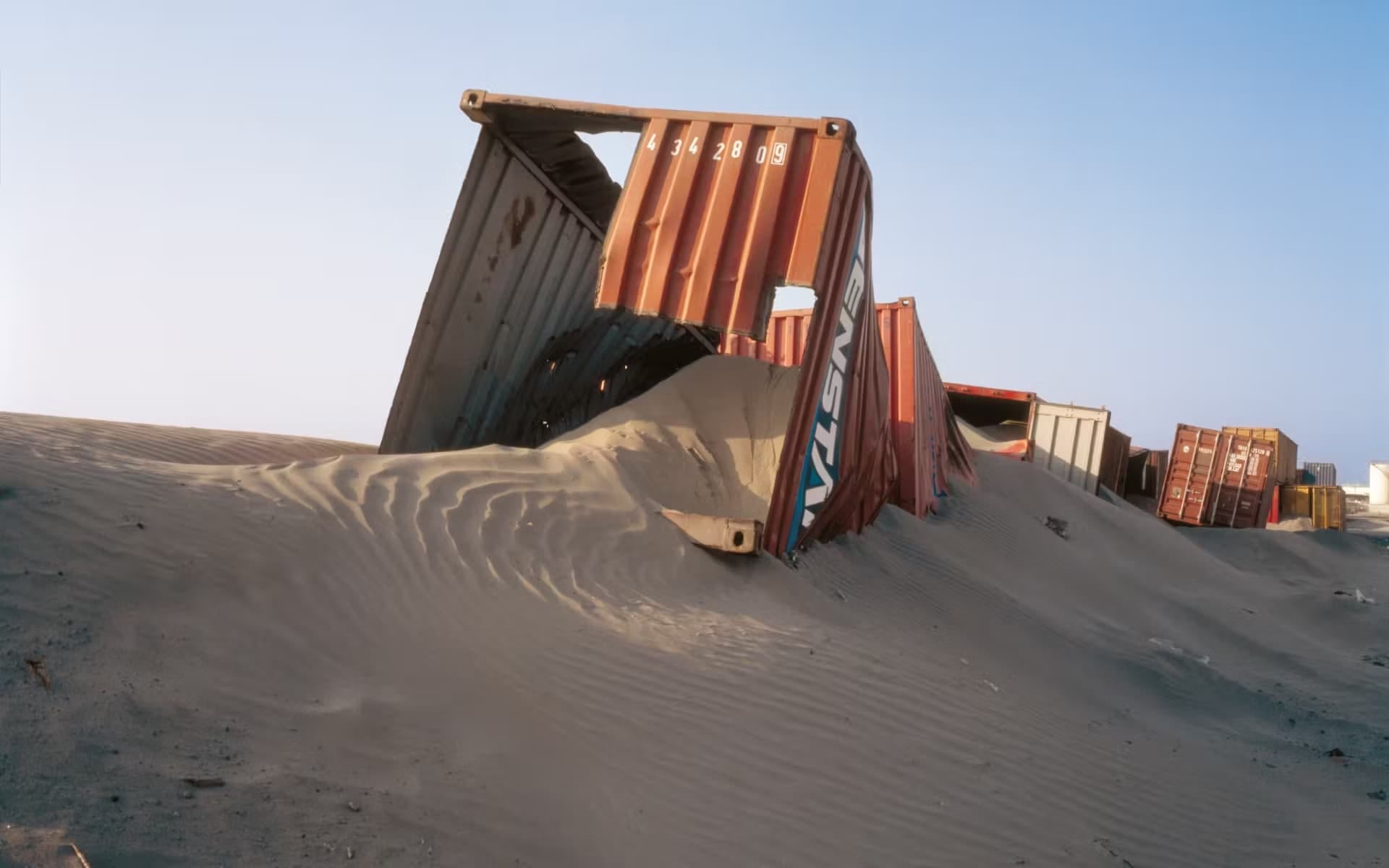
The Walker Art Center, in Minneapolis, has just opened an exhibition devoted to the late artist and writer Allan Sekula’s remarkarble Fish Story (1988–1995), a remarkably prescient exploration of global trade that combines photographs, slideshows, texts, and a related book. The London-based publisher MACK Books created a new edition of Fish Story in 2018 and has also published two collections of Sekula’s era-defining essays. And if you’re traveling to western Massachusetts, be sure to stop by the Clark Art Institute, which houses Sekula’s 15,000-volume personal library and presents much of it as a kind of art installation floating above the lobby of its Manton Research Center.
🏘️ Space10 closing
Yesterday, Kaave Pour announced that SPACE10, the design-focused corporate-innovation lab he co-founded, is closing. Entirely funded by IKEA’s parent company, SPACE10 had a great run. From its Copenhagen storefront, it has collaborated promiscuously, traveled widely via pop-ups, and cooked up all kinds of experiments in “creating a better everyday life for people and the planet.” Importantly, its insights have been shared with the public rather than kept in company archives. Here’s Wallpaper carrying news of the announcement, as well as a rundown of select projects. The SPACE10 website also has a “highlights” filter; over the years, I’ve particularly admired its work related to food and food production.
🌐 Subconscious beta
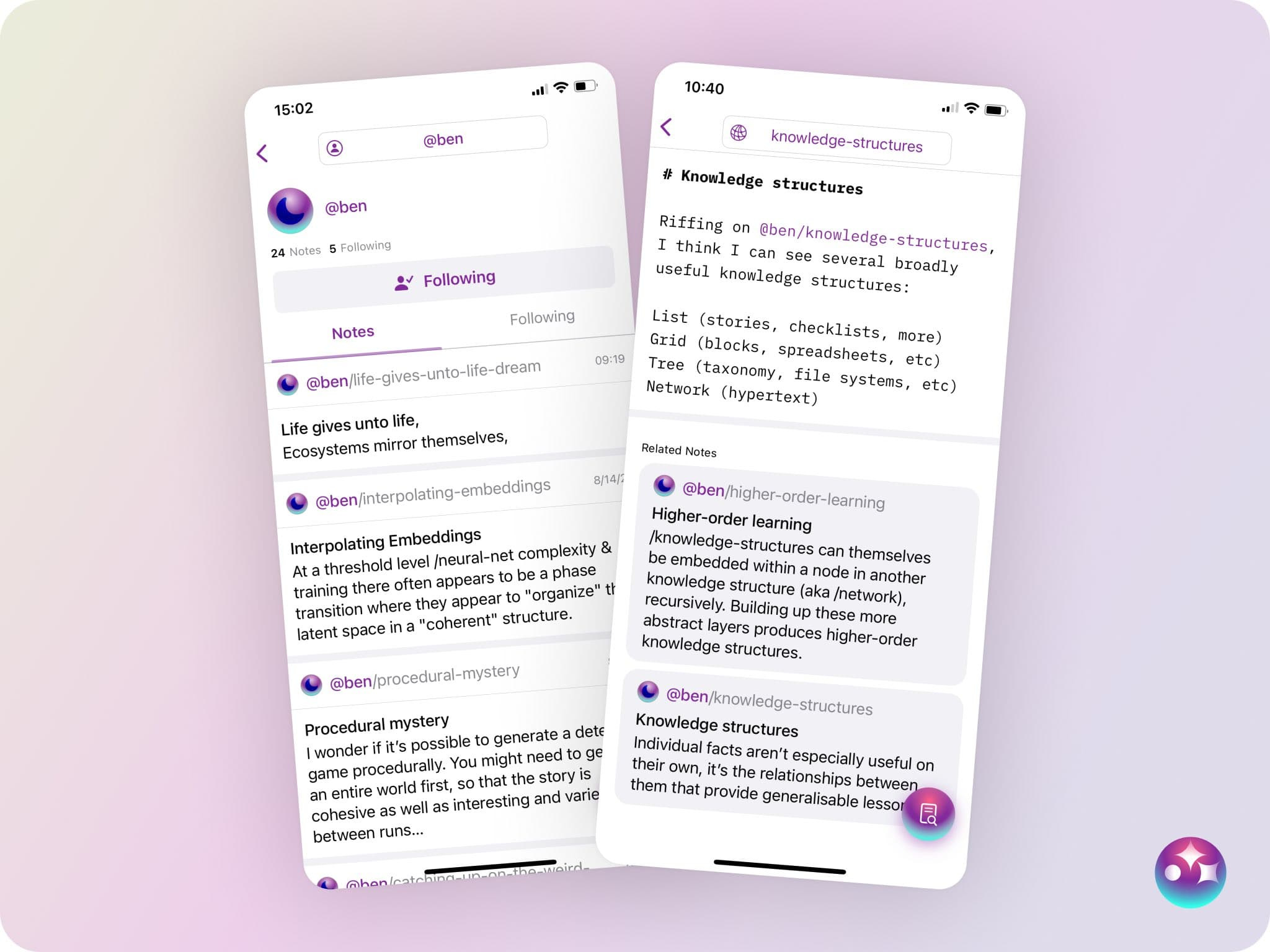
I keep tabs on the corner of the technology industry exploring “tools for thought,” interest in which exploded in 2020 after the launch of Roam Research. The software we’ve seen to date mostly operates in “single-player mode,” allowing you to create private repositories of information.
This year, I’m watching the emergence of “multiplayer” tools for thought, and recently Gordon Brander, one of the more interesting and inspiring thinkers in this space, and Chris Joel launched the beta of Subconscious, a “tool for thinking together.” Funded with a seed round led by some thoughtful investors and built on top of a decentralized protocol, it promises ways to privately and securely share your notes and thinking with others, and to “meld minds” by following their public notes, too. Or, as the team at Fission puts it in a post titled “projects we love,” Brander and Joel want to “empower users to own their thoughts and surface connections that they wouldn’t have otherwise realized were there, all while connecting with others to work more efficiently.”
🍅 Pomo.chat
I’ve never been one for the pomodoro technique, a productivity method in which you work for twenty-five minutes and then take a five-minute break. (It’s named after the ubiquitous tomato-shaped kitchen timer.) But millions of people swear by it. So I was intrigued last week when I came across pomo.chat, a little web tool designed and built by designer and creative technologist kēlín carolyn zhang. When the countdown hits zero, the telltale “ding!” brings you back to the tab and a chat window appears with a prompt: “What did you do during the last pomodoro?” Thirty people were online just now, as I was drafting this, and while the chat wasn’t too lively, it did feel good to picture others out their doing their work as I made progress on mine.
🤖 “Simplicity and uniformity are also distinct from blandness”
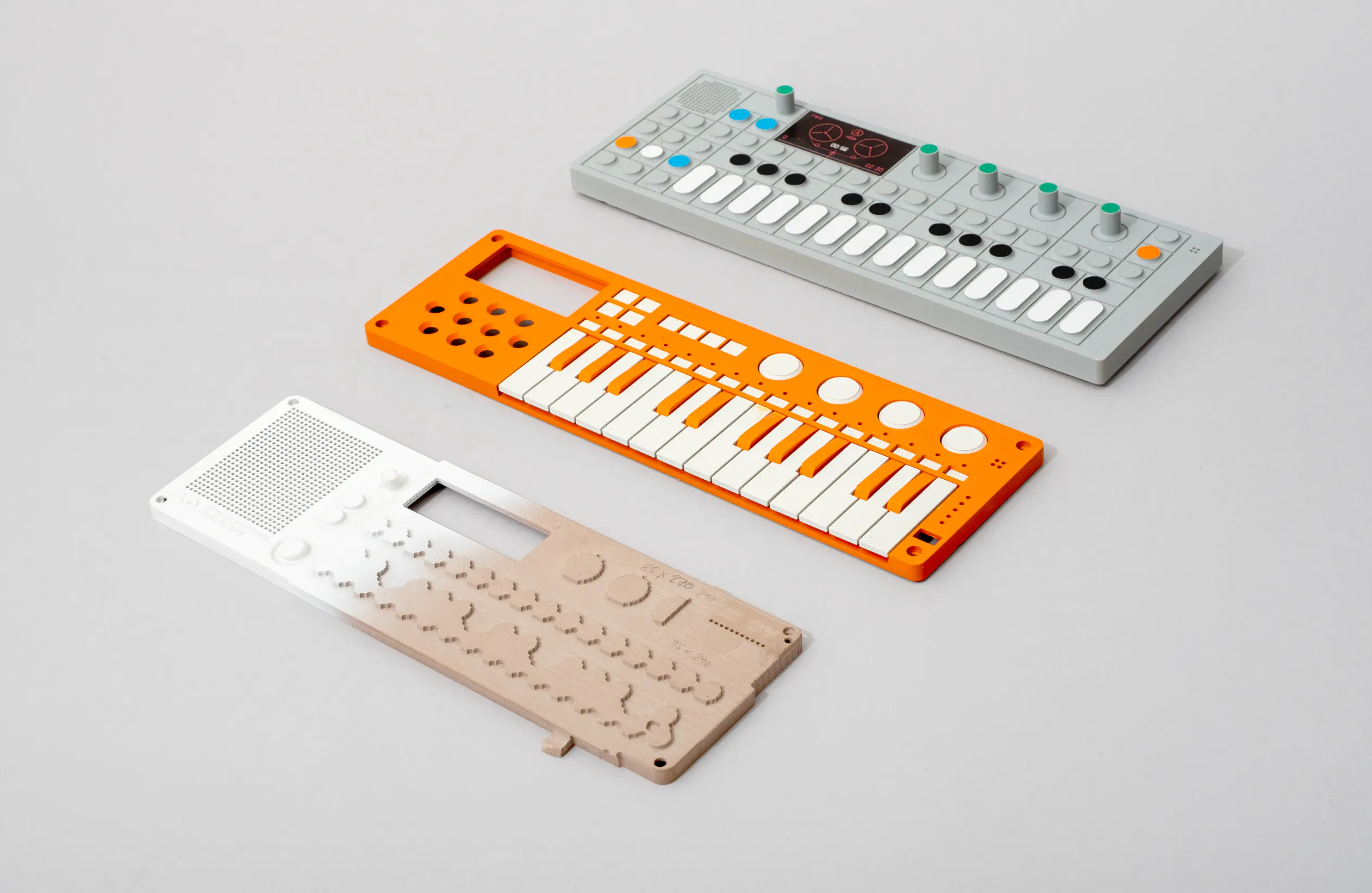
In a recent interview, Teenage Engineering co-founder David Möllerstedt discusses the cult consumer-electronics company’s design processes, product philosophies, and ways of working. I’ve drooled over my keyboard looking at TE’s website for years; going down a rabbit hole of interviews like this one might just prompt me to buy a synthesizer.
On deciding whether to bring an idea to market: “We often don’t kill something. We just say, ‘Let’s put this on pause,’ which is an important distinction. It might just not be the time for something, but it can become the right time.”
On narrowing the focus: “We think of our products as single-purpose objects. We’re providing a box. If it works for you, great. If it doesn’t, you can realize that quickly and move on.”
On what good products enable: “I know our tools inside out, but that creates a limitation on myself. The true creative test is when someone else tries to break it, and the device supports that ingenuity.”
👬🏻 Max Bittker’s Friendship Feed
Like artist Max Bittker, I too am lamenting the dissolution of Twitter, where for than a decade I both built friendships and kept up with developments in the many disconnected domains that interest me. And I, too, have been testing various replacements, including Bluesky. One advantage of that platform, in Bittker’s words, is that it includes “a system that allows for any user to design and host their own arbitrary feed of posts, and to share that feed through the app in a way that allows it to be easily publicized and adopted.”
So Bittker built a “Friendship Feed” with a simple premise: “It creates a list of your ‘mutuals,’ shuffles them, and then choses a random post from each person from their most recent 5 posts. The effect is distributing your attention more evenly across your friends.”
The impulse behind it is, to my mind, the right one: “On apps, the only way to be seen is to speak. Silence is a meaningful form of communication, but it’s not one that social media apps have any patience for.” And: “I care about what all my friends are saying, and want to see them, whether they’re posting once a minute or once a season.”
Read the rest of the story here, and if you’re on Bluesky try the feed by clicking here.
🏭 Radical Design for a World in Crisis
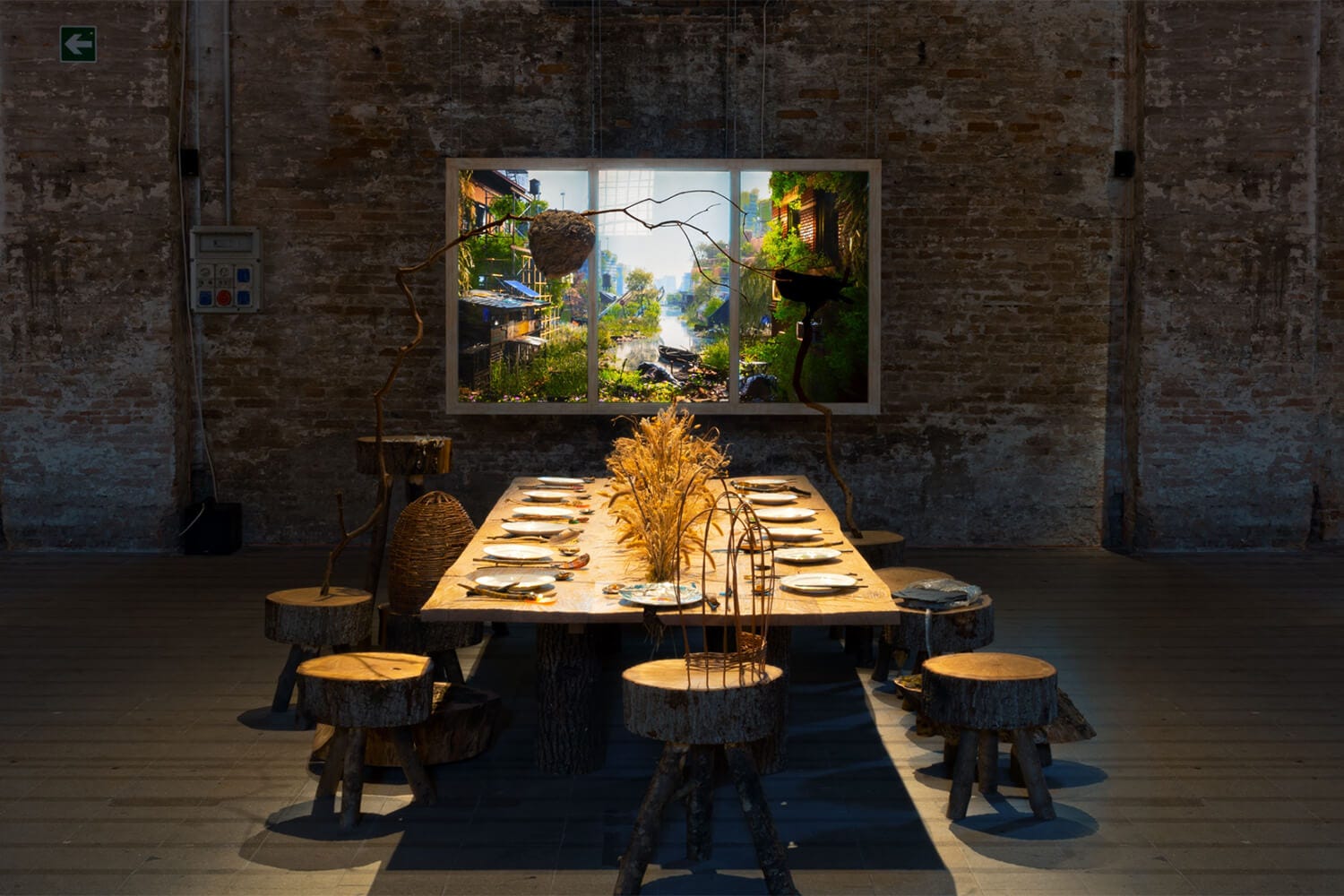
Framed by a visit to a huge iron-ore mining operation in Austria, Anab Jain articulates a method of working she calls “ancillary design”: it “does not fear the unknown, the undefined and ambiguous; it thrives in between and beneath. Open to ambiguity, it is a practice of moving through a vast ecology of nonlinear causality and emergence.”
The essay discusses a recent project by Superflux, the design-futures company she co-founded, and weaves together a range of interlocutors, from theorists Karen Barad and Denise Ferreira da Silva to anthropologists Anna Lowenhaupt-Tsing and Claude Levi-Strauss.
“Given the scale and knottiness of the challenges we face,” she writes, “we see design playing a fundamental role as an intermediary, a joiner, working between the problem-solution dichotomy to uncover practices and tools and approaches that might offer entirely new possibilities.” Read the rest at Noēma.



